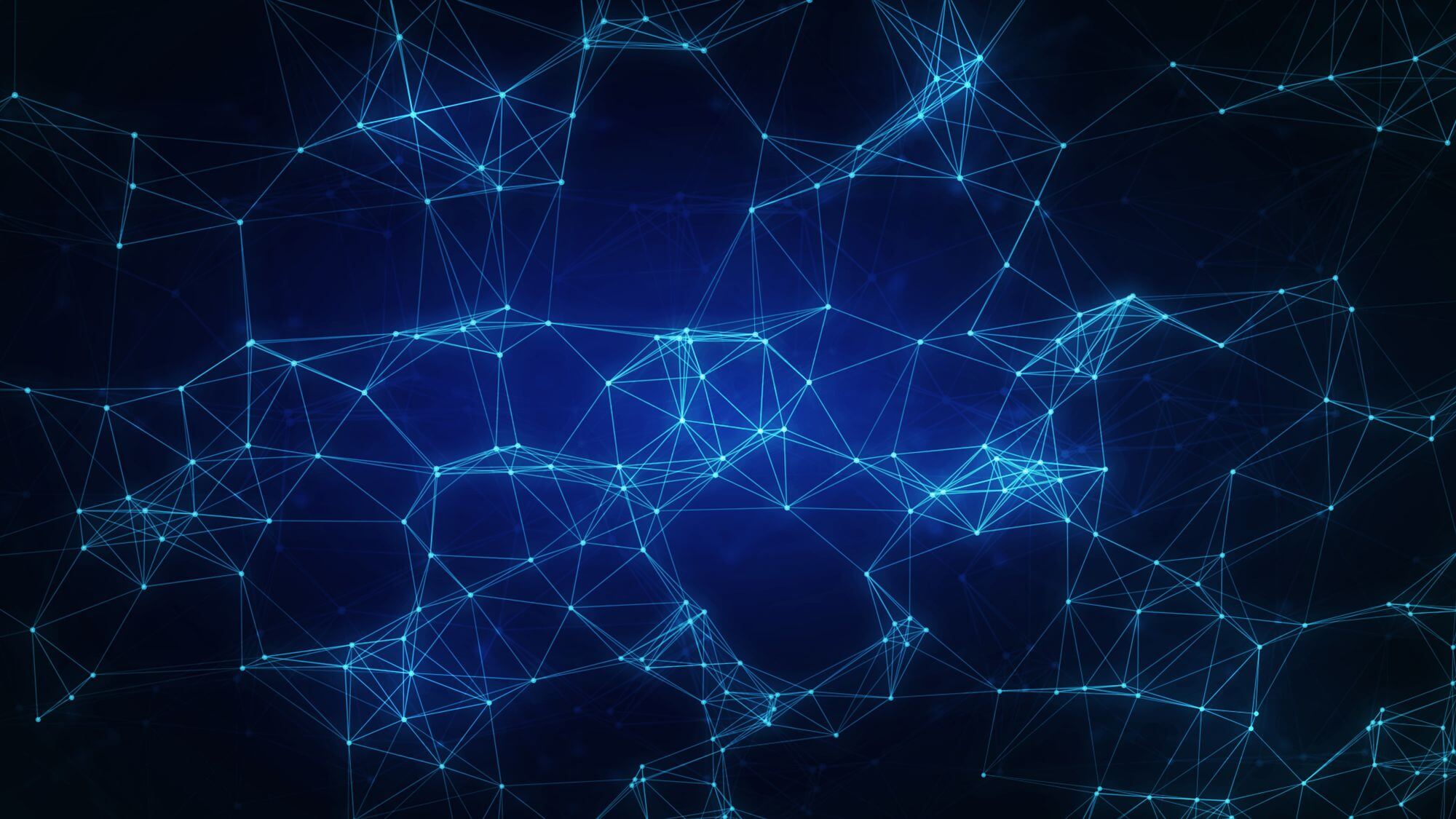Sea level rise is one of the most serious and damaging consequences of climate change. Despite its importance and potential societal impacts, it has, to date, proved challenging to predict future SLR and probabilities of different projections. This is because the largest uncertainty lies in what the ice sheets covering Antarctica and Greenland may do. Together they have the potential to raise global mean sea level by 65 m. The most recent assessment suggests that a SLR of 2 m would flood land occupied by 630 m people, roughly a tenth of the population of the planet.
What is the probability of a SLR of 2 m by 2100, or sooner? This question has proved difficult to answer because the ice sheets have the longest response time of any part of the climate system, while reliable observations span just a few decades. In addition, several potentially critical processes are poorly understand and/or contested in terms of their role in future trends. Planning for adaptation strategies, however, takes multiple decades. The Thames Barrier, for example, took almost forty years to implement after the devastating floods of 1957.
A key to reducing uncertainties in future SLR is improved understanding of how sea level has responded to climate forcing during the instrumental record, especially since the advent of continuous observations of sea surface height from altimetry in 1992. Here I will presents the concept behind, and early results from, an ERC grant called GlobalMass (www.globalmass.eu), which aims to partition the sea level budget into its component parts using a combination of satellite and in-situ data sets, numerical model output within Bayesian inference framework. To do this, it is necessary to identify, separately, the contributions from solid-Earth deformation, global land hydrology, melting ice and thermal expansion of the oceans.





